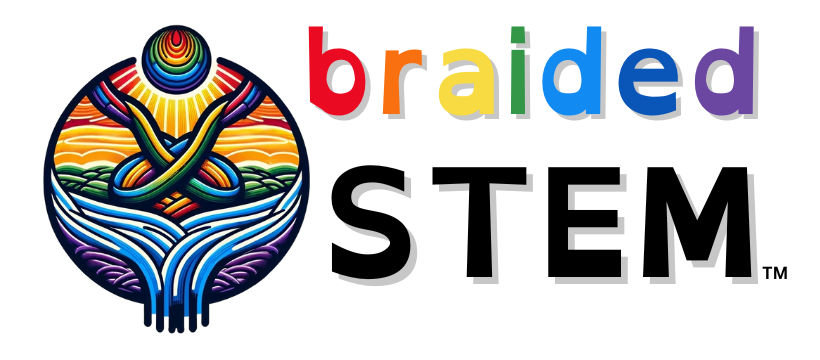ECE – Coding
Turing Tumble Virtual
Don’t want to keep track of all those marbles and parts? Try out this Turing Tumble virtual marble powered computer. Complete with challenges in the menu that get increasingly more difficult.
Read MoreCheckerboard Coding Game (with arrow colors to match Code & Go Robot Mouse)
Materials $1 Checkboard Game 2-4 Ping-Pong Balls $1 Plastic Animals Googly Eyes (optional but highly recommended) Glue Dots or tape Copies of Command Cards and Robot Base Key Question Can you use simple commands to program the ping-pong ball robot to reach its target animal? Learning Objectives Young computer programmers will… • learn how to…
Read MoreBinary #MicDropMath Cards
There are five versions of the Binary #MicDropMath Cards below. To perform the Binary #MicDropMath, print out page one of the binary number cards. (NOTE: You only need to print these double-sided to include page two on the backside if you are using them with younger children who can’t yet add numbers but can count…
Read MoreHuman Computers – Creative Message Communication
Believe it or not, there is a five-letter word encoded in the cards shown in the image. Start with lessons on the binary number system. Then, learn how computers use parity bits for error detection and correction. Finally, then learn how you can send messages back and forth using cardboard cards or cards with 0…
Read MoreCheckerboard Coding Game
Use arrows with Velcro dots and code to insects or small animals. Checkerboard games from Dollar Tree make this a great #STEMontheCheap game.
Read MoreThree Little Pigs Coding Story / La historia de la codificación de Los Tres Cerditos
Use the classic Three Little Pigs story to let young learners engage with coding and computational thinking skills. Utilice la historia clásica de Los tres cerditos para que los jóvenes estudiantes se involucren con la codificación y las habilidades de pensamiento computacional. (Lección de español a continuación).…
Read MoreBinary #MicDropMath Patterns
The Binary #MicDropMath Patterns lesson can be used to help students recognize patterns, understand how to make multiple hypotheses in science and math, and understand the importance of basing claims on more data rather than less. It also serves as an introduction to the binary number system. The #STEMAZing Project has a series of lessons…
Read More